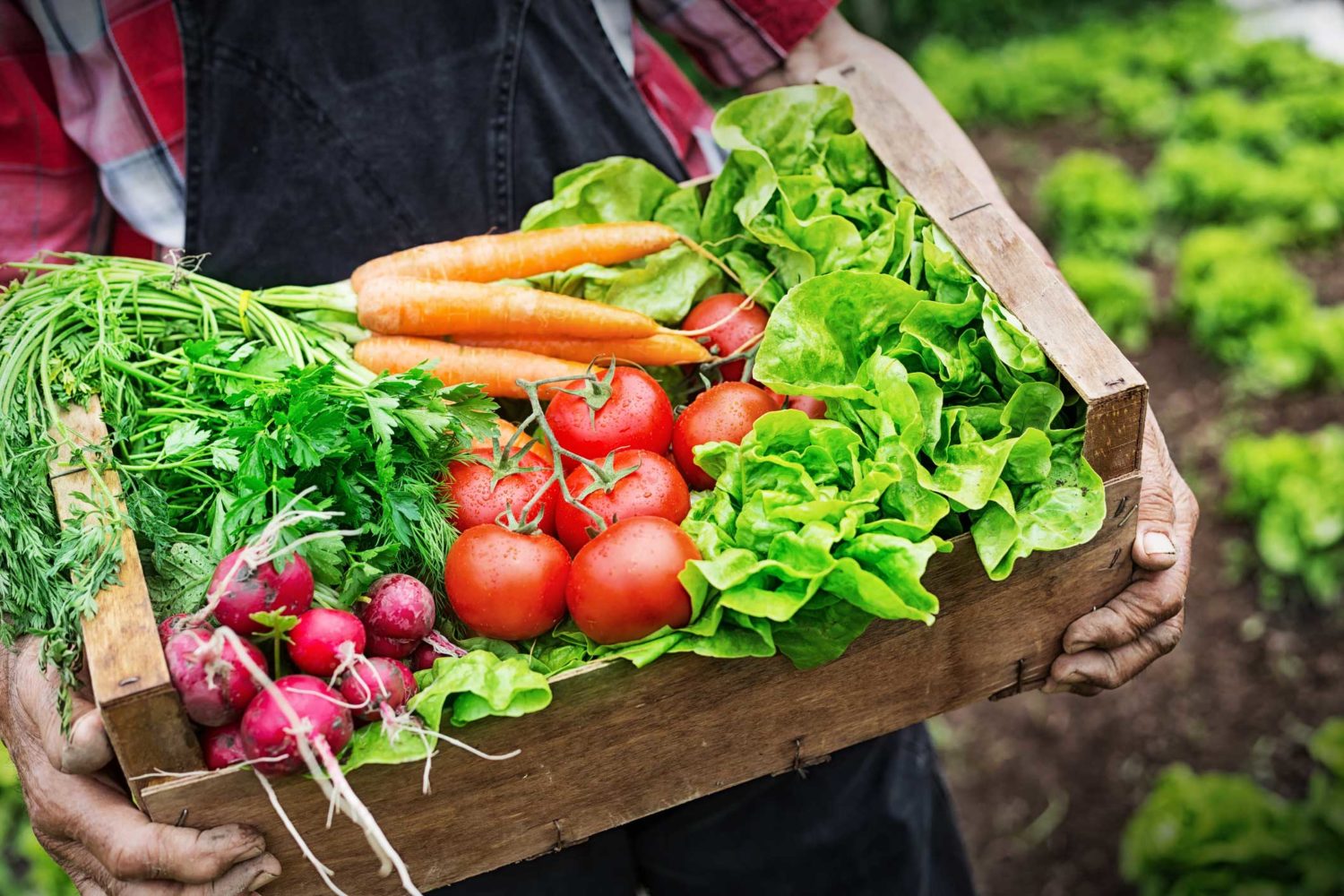Food
by
Chew on this for a minute; the US spends, as a percentage of household income, less than almost every other country in the world on food. That, to me, is an incredibly shocking and sobering statistic.
It speaks volumes as to the current state of our priorities, health and attention.
On one hand, it’s a testament to our technological wherewithal and our ability to produce cheap and readily available calories for our population. If it were just about calorie production, we’d win.
I’ll try not to rant too much here but consider this; there are very few things we do voluntarily virtually every single day of our lives from the day we’re born until the day we die. Eating and drinking are probably about it. Yet the vast majority of us rely on huge agribusinesses, poorly done science, uninformed doctors and the federal government to tell us what we should be putting into our bodies every day. Most of whom stand to make BIG money from what we choose…doctors included.
It’s old news now that rates of diabetes, heart disease and obesity have skyrocketed in this country over the past few decades. This despite all the “scientifically backed” nutritional advice we’ve been force-fed.
Why is this happening? What’s changed? Did our grandparent’s generation experience this?
The answer is simple yet multi-dimensional with many moving parts. Food production has changed radically in the US. Not too many years ago we all ate from our home gardens. Organic? You bet…there was no other option. Todays “health” foods are yesterday’s food. Giant agribusinesses have taken over production utilizing the latest in crop production techniques, fertilizers, genetically modified seeds able to withstand herbicides and zero consideration for soil enrichment or the quality of the final product other than shelf stability and salability.
Some estimates show 65-70% of the US population is deficient in magnesium. Is that because we all forget to take our magnesium supplements every day? Nope…it’s because the soils that our green, leafy veggies are grown in are completely depleted. Magnesium is a cofactor in over 300 enzymatic systems in our bodies, regulating everything from muscle and nerve function to blood pressure.
And that’s just one of dozens of micronutrients that have been depleted from our soils through corporate monoculture and chemical based agricultural practices.
We don’t need to look as far back as “Paleolithic” times for healthy food choices…we just need to ask our grandparents what they ate!
This is not propaganda. This is not conspiracy theory. This is only one of many reasons that we, as a country are spending twice as much as other, comparably affluent countries, on health care.
Think about that…we spend less than half of what other countries do on the food we eat every day of our lives and spend twice as much on health care!
Something is amiss here.
In my view, it is an unfortunate fact of life here in the US that we need to spend so much time considering the choices we make around what we put into our bodies every day. For such a radically affluent and supposedly “advanced” and powerful country we should be able to go to the store and reach for anything on the shelf with full confidence that it is a great choice for our nutrition and health. Sadly, this just isn’t the case.
It’s not quite as bad, nor as daunting as it may seem though. It just takes a bit of forethought. Is there anything more important or more impactful for us over the course of our lives than this?
There is no need to go crazy spending tons of time researching and ferreting our the best sources for the highest quality foods (leave that to me!)
As much as is possible, shop at farmers markets and stores that carry locally grown produce and meats. These will generally be organically grown even if they don’t (or can’t because of federal regulations…but that’s a whole other can of worms) label it as such. Talk to the growers whenever possible. Keep in mind, there is a difference between truly organic, sustainably grown foods which are grown in soils enriched with organic nutrients (not fertilizers from a bag but things like compost and manure) and foods labeled “Organic” from large producers, which is more about what they leave out (chemical fertilizers, herbicides and such). Grocery store organic is better, locally produced, organically and sustainably grown is best.
Avoid the middle aisles of the grocery store. Shop the perimeter and you’ll do better. Of course avoiding processed foods as much as possible is always best practice. If it has more than a couple ingredients leave it alone.
There are increments here. This doesn’t need to be (nor should it be) overwhelming. Small, sustainable changes over time are far better than trying to go “cold-turkey” off of the golden arches.
Make better choices whenever you can and pay attention to how those choices effect how you feel on a daily basis.
The Bulletproof diet is a good guide for how we can manage all this. It gives a roadmap to what foods may be better for our health and which may be detrimental. There is no one way. We all have different desires, tastes and capacity for change.
Look for another post soon about the Bulletproof diet itself; how to get started, how to read the roadmap, what to expect and how to tweak it for your own personal lifestyle and needs.
_____________
Sources:
https://www.economist.com/blogs/graphicdetail/2013/03/daily-chart-5
https://www.ncbi.nlm.nih.gov/pubmed/15930481



